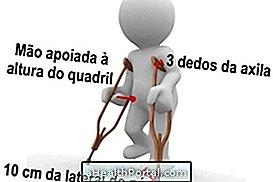Radiculopathy is characterized by the injury or impairment of one or more nerves and their nerve roots that pass through the spine, leading to symptoms such as pain, tingling, shock sensation and limb weakness, as in pain due to sciatic nerve involvement, for example.
Nerves and nerve roots are part of the nervous system, and are responsible for carrying information between the brain and the extremities of the body, such as sensitivity, strength and movement. Generally, radiculopathy is caused by a compression of the nerve roots, due to diseases such as herniated disc or arthrosis of the spine, but can also arise due to other causes such as inflammation, ischemia, spinal trauma or infiltration by a tumor.
Any locality of the spine can be affected, however, it is more common in the lumbar and cervical regions, and the treatment is done according to its cause, which includes physiotherapy, use of analgesic or anti-inflammatory drugs for pain and, in cases more serious, surgery.


Symptoms that may arise
The main symptoms of radiculopathy depend on affected nerve pain, most often appearing in the cervical or lumbar region, and include:
- Pain;
- Tingling;
- Sensation of numbness;
- Decreased reflexes;
- Atrophy of muscles.
In addition to localizing in the spine, the symptoms of radiculopathy usually radiate to the localities of the body that are innervated by the compromised nerve, such as arms, hands, legs or feet. This area corresponding to the innervation of a nerve is called a dermatome. Learn more about what dermatomes are and where they are located.
Generally, pain and other symptoms worsen in situations where there is increased nerve compression, such as coughing. In addition, in the most severe cases, there may be a decrease in strength or even paralysis of the corresponding region.
A common example of radiculopathy is sciatic nerve pain, also called sciatica, which is usually caused by compression of the roots of this nerve still in the spine, but which can radiate along the entire nerve path in the leg. Learn more about identifying how to treat sciatic nerve pain.
Main causes
The main causes of radiculopathy are:
- Herniated disc;
- Stenosis of the vertebral canal;
- Spinal arthrosis, also known as spondyloarthrosis;
- Masses in the marrow, such as tumors or abscesses;
- Infections such as shingles, syphilis, HIV, cytomegalovirus or tuberculosis, for example;
- Diabetic radiculopathy;
- Ischemia, caused by changes in blood flow, in vasculitis, for example;
- Inflammations, such as those occurring in cases of acute and chronic inflammatory demyelinating polyradiculoneuropathy or sarcoidosis, for example.
In addition, radiculopathy can be triggered following severe trauma to the spine after an accident.

How to confirm
To diagnose radiculopathy, a physician should identify the symptoms, make the physical assessment, detect the major points of pain, and request tests such as radiography or MRI of the spine to detect changes in the spine, identifying the affected nerve and its cause.
Electronuromyography (ENMG) can be useful in many cases, since it evaluates the presence of lesions that affect the nerves and muscles, being able to record the conduction of an electrical impulse in a nerve. This test is especially indicated when there are doubts about the cause of the symptoms, being able to confirm there is even a nerve injury or if there are other types of associated neurological diseases. Learn more about how it is done and the indications of electromyography.
How is the treatment done?
The treatment of radiculopathy depends on its cause, indicated by the orthopedist or neurosurgeon, and includes physical therapy, with stretching exercises, manipulation of the vertebrae and muscular strengthening, for example, which can lead to the cure of the symptoms or, at least, to alleviate them.
In addition, your doctor may recommend the use of analgesic medications, such as Paracetamol, Dipirone, Tramal or Codeine, or anti-inflammatories such as Diclofenac, Ketoprofen or Nimesulide, for example to control pain and discomfort.
In some more serious cases, the doctor may indicate surgery, especially for decompression of the nerve root.



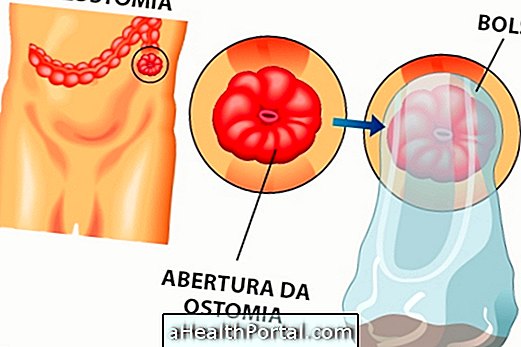
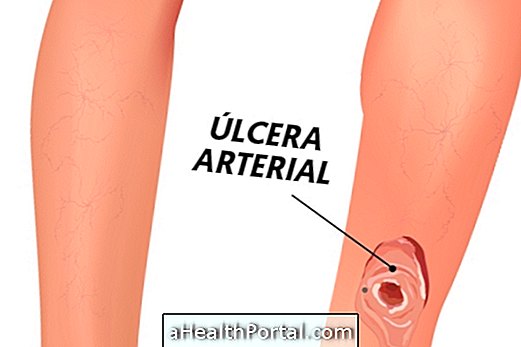

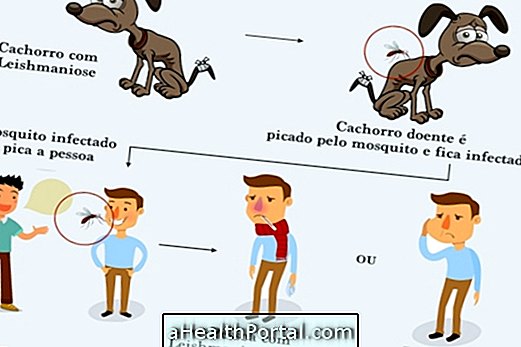
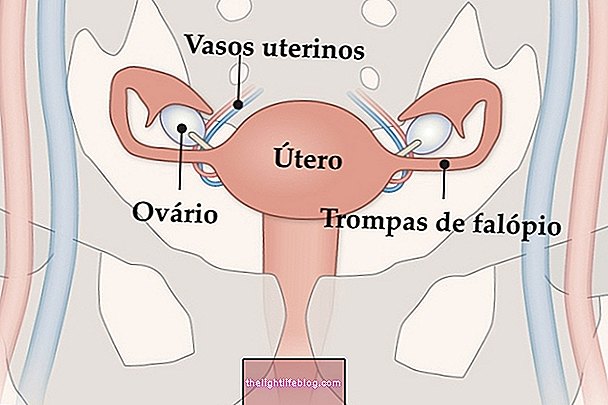









-o-que--causas-e-tratamento.jpg)

